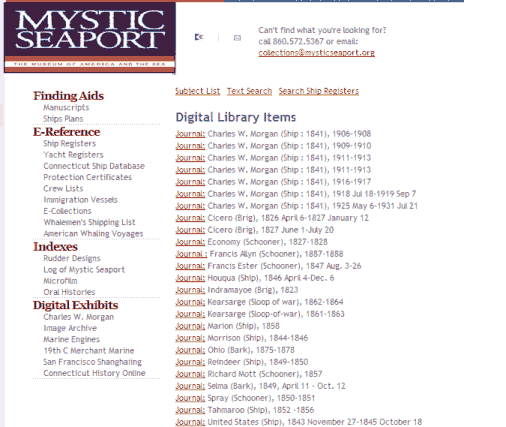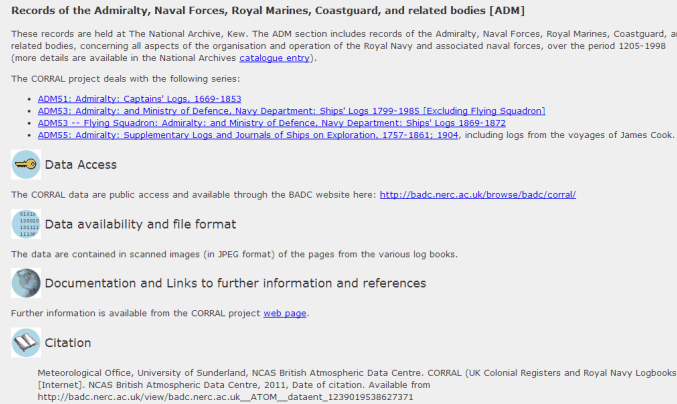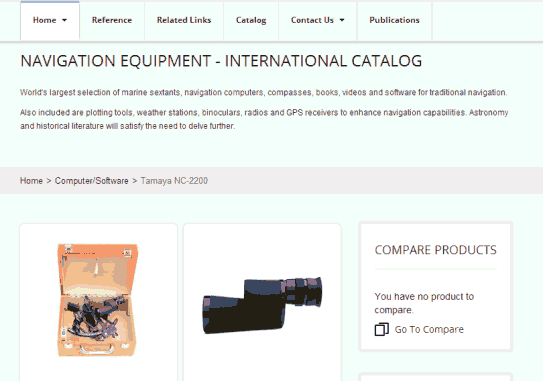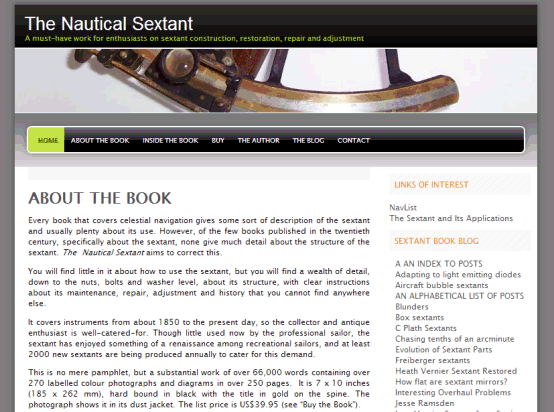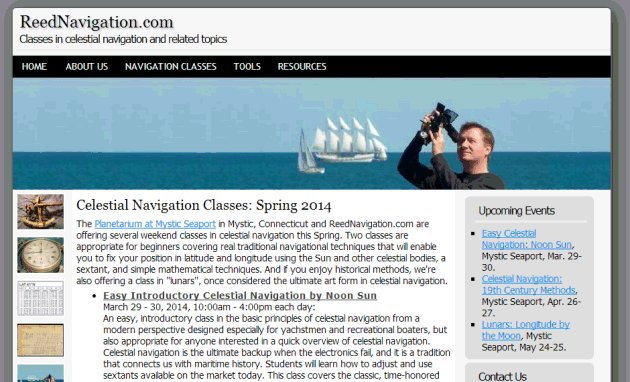
NavList:
A Community Devoted to the Preservation and Practice of Celestial Navigation and Other Methods of Traditional Wayfinding
From: Paul Hirose
Date: 2023 Feb 27, 16:43 -0800
On 1/12/2023 11:00 PM, Antoine Couëtte wrote: > Lady Venus back in the evening sky. > > She will "fly by" Saturn at a minimum geocentric distance close from > 20.7 ' (slighly above a Moon apparent Semi-Diameter) on Jan 22nd, 2023 > by 22h14m UT. I tried to solve this as relative motion problem, similar to "closest point of approach" on a maneuvering board. geocentric apparent ICRS positions at 1-day interval: 21h47m55.520s -14°36'33.2" 2023-01-21 00:00:00 Saturn 21h39m52.073s -15°39'28.3" 2023-01-21 00:00:00 Venus 21h48m22.253s -14°34'16.8" 2023-01-22 00:00:00 Saturn 21h44m45.273s -15°14'50.1" 2023-01-22 00:00:00 Venus 21h48m49.100s -14°31'59.7" 2023-01-23 00:00:00 Saturn 21h49m37.200s -14°49'47.2" 2023-01-23 00:00:00 Venus Distance and direction (position angle) from Saturn to Venus: 2°12'33.1" 241°24'11.1" 2023-01-21 00:00 1°06'16.6" 232°09'23.0" 2023-01-22 00:00 21'15.4" 146°50'55.8" 2023-01-23 00:00 Re-orient the spherical coordinate frame so the first and third points are on the equator and the second is on the prime meridian. In this new frame, Saturn's coordinates are constant but nonzero. Latitudes and longitudes: +0°00'00.0" -1°07'58.6" 2023-01-21 00:00:00 Venus -0°00'02.9" +0°00'00.0" 2023-01-22 00:00:00 Venus +0°20'40.1" +1°02'57.3" Saturn +0°00'00.0" +1°07'55.5" 2023-01-23 00:00:00 Venus Note the first and third Venus positions have nearly symmetrical longitudes about the prime meridian, and the middle Venus position is only about 3" off the equator. That shows the relative motion of Venus with respect to Saturn is closely approximated by constant velocity on a great circle. Time at closest approach can be deduced from longitude. An improved estimate is Jan 22.0, plus 1°03' / 1°08' of a day, or about Jan 22 22:15 TT. Two more iterations, and reduction of the time interval to 60 minutes, gives minimum separation at 22:15:12: +0°00'00.0" -0°02'49.8" 2023-01-22 21:15:12 Venus +0°20'40.5" -0°00'00.0" Saturn -0°00'00.0" -0°00'00.0" 2023-01-22 22:15:12 Venus -0°00'00.0" +0°02'49.8" 2023-01-22 23:15:12 Venus Saturn's zero longitude indicates a perfect solution at this precision. In this case the relative motion of Venus is exactly on a great circle (middle latitude = 0), so Saturn's latitude is also the distance of closest approach. But that's not true at higher precision, or if relative motion departs from a great circle. A re-computation with the old DE406 ephemeris gives an identical time. This encounter could have been accurately computed 25 years ago. > She will "fly by" Jupiter at a minimum geocentric distance close from > 29.3' (about a Moon apparent angular Diameter) on March 02nd, 2023 by > 05h05m UT. I get 29'21.0" at 05:06:28 TT. On the HASTRO-L mailing list someone got 0.48918° (29' 21.05") at 05:06:27 from the SOLEX program. Jean Meeus (Astronomical Algorithms, 1991) gives the example of Mercury and Saturn at 1978 Sept 13. My solution with the DE431 ephemeris quickly converges to 3'44.8" at 15:06:35 TT, compared to 3'44" at 15:06 UT by Meeus. However, results are not so good with the Venus / Mars encounter this year on July 1. My solution with the above method does not converge. I had to use trial and error to get 3°33'54.342" separation at 07:10:59 TT. My difficulties are probably due to a combination of slow relative motion which does not fit a great circle well, plus large separation. -- Paul Hirose sofajpl.com

